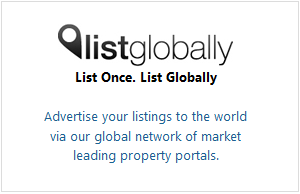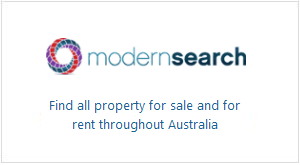The concept of a neighbourhood is one that many hold dear; childhood memories of the crazy old lady down the street are cherished and our early views of the world and how people interact within it are formed. The notion of ‘neighbourhood’ is also now key to the concept of localised search. As agents then, how do we ensure we get it right and promote it effectively?
When we look to move to a new house, it is not uncommon that the neighbourhood is an important factor in the decision. The perfect home in a terrible area won’t usually have the same appeal as a home that might need some work but is in a great spot. What’s interesting though is that often, over time, the concept of neighbourhood boundaries change and one person’s view of that boundary is different to the next; a neighbourhood does not necessarily follow specific postcodes or suburb lines. As an agent operating within a particular location it is in your interest to help to shape the boundaries of the area.
So, where do buyers go to find out more about the area they are considering buying into? What can you do as an agent to assist in selling the benefits of the location you operate in, thereby helping to sell the properties too? Obviously verbal interaction is key once you have an interested party in front of you, but there are a range of simple things you can do to add life and vibrancy to your website and your listings around the concept of neighbourhood discovery. There’s also a bunch of cool new technologies that you might be able to implement to help buyers find out more about particular areas to live.
Simple things:
- Add a ‘Community’ page to your website - this should include an overview about the area with information such as demographics, average house prices and movements, schools, restaurants, transport and local ‘vibe’. You may even want to cross-promote some local businesses here.
- Link out to ‘Local Information’ pages provided by portals you subscribe to, or perhaps contact your local government/council/tourism board and see if you are able to link to their sites. An example in Australia are the Locality Guides on realestate.com.au which include video interviews with locals as well as images and copy. Or these UK county information guides on FindaProperty.com; you can also make comments here on your local area.
- Include links to these Local Information pages in the description of your listings.
- Include Local Information packs/stats on your flyers and in your listing presentation kits.
Some slightly less simple things:
- Earlier this year Zillow released a bunch of data in the form of shapefiles which attempts to outline more than 7000 neighbourhoods in the US. The files are free to download and Zillow hope that the data will result in some great innovation at the local level that agents will be able to use to their advantge eg. with a mashup of the GIS data you could overlay earthquake zones and publish the likelihood of an area experiencing an earthquake! More probably, you could integrate the boundary files with local neighboburhood data and create comparisons across areas. Another use might be heat maps to show property prices. You’ll need some to have some GIS technical knowledge to make this data useful, but a reasonable techy will be able to help.
- The popular photo-sharing website Flickr has also released shapfiles of neighbourhoods, based on geotags from photos on the site. Each of the geotagged photos is stored with six Where on Earth (Yahoo! GeoPlanet) IDs (numeric identifiers corresponding to the place where a photo was taken eg. suburb, city, state, country) and are being used to give viewers an interesting representation of a particular place. The mind boggles as to how you could utilise this data to assist in promoting your area and in turn sell your listings. The mashup site, Neighbourhood Boundaries, shows how the shapefiles can be used to define borders.
What’s interesting about all these new neighbourhood type tools is the fact that many are being driven and determined by the user. The makes for interesting possibilities when it comes to searching for particular aspects of neighbourhoods in a real estate sense.
Whether complex, cool or simplistic, it is necessary for agents to be able to promote their local area to potential buyers and renters via their listings and website. Most people buy more than just bricks and mortar - they buy dreams and futures. Neighbourhoods are a very important part of establishing that dream and will help to turn a house into a home. As an agent, you can help to sell that dream.
Related posts:






Comments